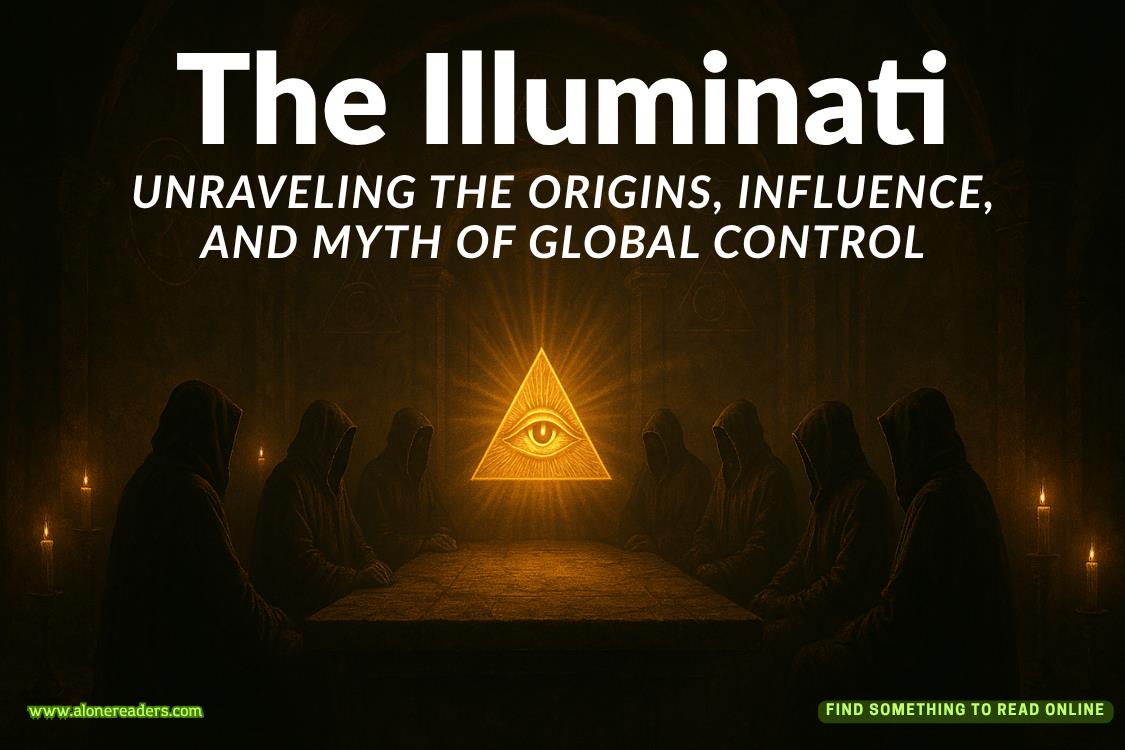Page 34 of X (Kinsey Millhone 24)
“Uh, Kinsey? The Clipper estate’s empty and has been for years. No one’s lived in that house since the old lady died back in 1963.”
“Bullshit. I met Hallie up there a week ago.”
“No, you didn’t.”
“Yes, I did.”
“No.”
“Yes, Vera.” Slowly, as though to a half-wit, I said, “Here’s how it went, and I will swear to this. She called and set up a meeting to discuss a personal matter. On your say-so, please note. I drove up to the house. We had wine on the deck looking out over the city while she told me a long sad tale about the baby she gave up for adoption thirty-two years ago.”
“Did you find him?”
“Yes, I did. He’s a safecracker-turned-bank-robber just out of prison, and I’ve already sent her the information she asked for.”
“She set you up. She must have talked a good game.”
“I don’t see how she could have been bullshitting. She told me all kinds of things about the house.”
“For instance, what?”
“For instance, her father’s the famous architect who tore down the original Georgian mansion and built the contemporary structure that’s up there now.”
“Her father?”
“Halston Bettancourt. At least I think that’s his name.”
“Wrong again. Her name was Ingrid Merchant. She was a San Francisco architect who was all the rage in the 1930s.”
“I don’t think so,” I said. I did hear the note of uncertainty that had crept into my voice. “Are you sure about that?”
With exaggerated patience, she said, “I know I’m hormonal. I know my IQ’s dropped a good twenty points, but I’m still the reigning queen of local real estate. That’s what I do for jollies when I’m not giving birth.”
“I remember that. You scour the Sunday papers and go to all the open houses. Your knowledge is encyclopedic.”
“That’s right, which is how I know about the Clipper estate. It’s a relic. A white elephant. It’s been on the market so long, it’s a joke. The foundation’s cracked and the wooden joists are riddled with termites. The only thing holding it together is the selling agent’s high hopes. Hallie Bettancourt set you up.”
“How many children do you have now?”
“Including the soon-to-be-born twins? Five.”
“What happened to Peter and Meg?”
“Those are my first two. They still live with us. Not to accuse you of neglect, but you missed Abigail entirely, and you’re just about to miss Travis and Scott.”
“Maybe I’ll stop by sometime,” I said weakly.
She didn’t actually hang up on me. There was some kind of ruckus in the background, and I heard her say, “Oh, shit!” Then the line went dead.
I stared at the phone. This was bad. Worse than I’d thought. Had Hallie lied to me about everything? It was clear she’d played fast and loose, but what was the point? She’d conned me into doing the legwork in her efforts to locate an ex-con named Christian Satterfield, who might not be related to her at all. He was for real, a convicted bank robber out on parole. I’d seen the article about his crime spree and I’d seen the man himself (at least as far as I could tell in the dark and at a distance). I’d provided Hallie with contact information, neatly keeping her name out of it as requested, but the story about giving a child up for adoption now seemed questionable. I wasn’t even sure the name Hallie Bettancourt was real. Probably not, now that I thought about it.
There had to be a way to track her down. How could she appear and disappear without leaving a trace?
I picked up my leather bag by the strap and slung it over my shoulder, fishing in one of the outer pockets for my keys. I locked the office and trotted out to my car. I took the back road through town, skirting the city limits as I hit the 192 and headed east toward the Clipper estate. Now the route looked different, nearly disorienting with its surfeit of visual information. At night, many houses disappeared, fading into the surrounding darkness under the cover of trees. During the daylight hours, the trajectory of the east-west mountain range was brought into high relief.
Sunlight warmed the chaparral and the dry conditions intensified the volatile oils in the dense, low-growing vegetation. The still air was heavy with the woody smell of eucalyptus, black sage, and California lilac. Manzanitas and canyon live oaks, while drought tolerant, are also highly flammable—nature’s bottle rockets. Given current conditions, with the slightest miscalculation in human judgment, the landscape could ignite, turning into an ocean of fire that would take everything in its path.















